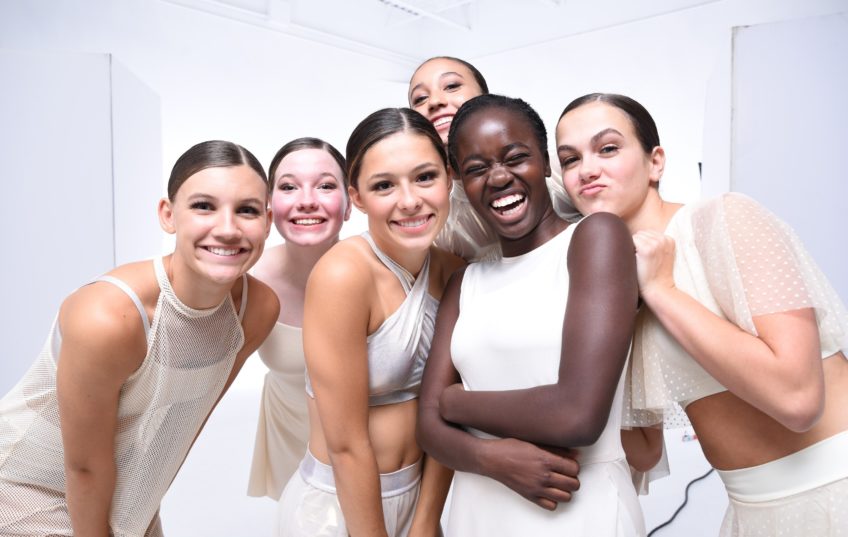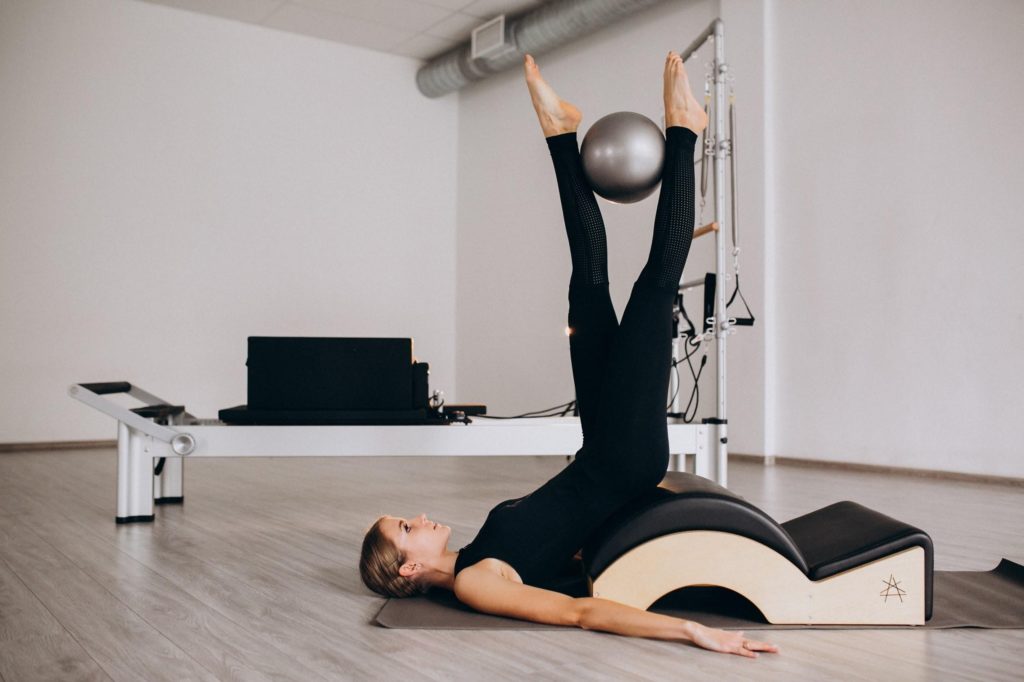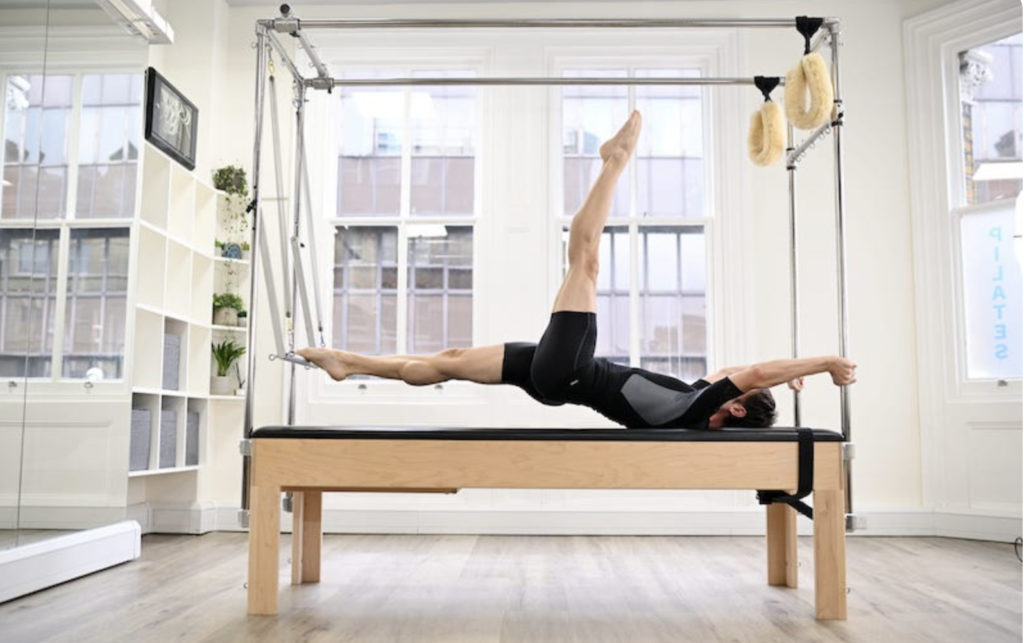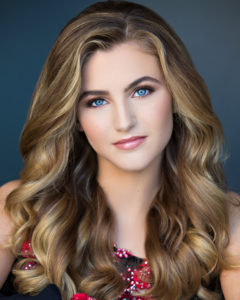When we think of a “healthy dancer,” there are so many factors to consider. We believe it’s not a one size fits all approach, but that each dancer has their own unique needs for their body. This holistic approach encompasses many things, such as diet, hydration, mental health, injury prevention, and body image. We break these down below with some useful tips to consider as a starting point and give you some further resources we hope you’ll find helpful. Here’s to taking care of our bodies!
Nutrition
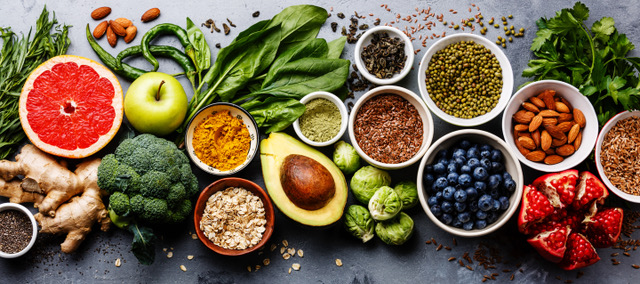
According to experts, dancers need a combination of healthy carbohydrates, protein, and fat in their diets. To keep metabolism working consistently, eating six small meals throughout the day is best. Carbohydrates are the best and primary source of long-lasting energy. Choose plant-based carbs such as whole grains, seeds, nuts, fruits, veggies. Farro, barley, and quinoa are great options with the extra benefit of being high in protein. Protein stabilizes blood sugar levels and maintains energy throughout the day. It’s widely known to be found in animal-based products like lean chicken, fish, and eggs. But you might be surprised to learn there are many plant-based options. These include ancient grains such as quinoa, freekeh, and buckwheat. Spirulina, chia seeds, hemp seeds, chickpeas, lentils, and even broccoli are high in protein!
Fat gets a bad rap, but it’s an essential nutrient for our active bodies. Unsaturated fats and those with Omega-3 fatty acids, including salmon and tuna fats, are super important. Some excellent plant-based fat options are Avocados, Extra Virgin Olive Oil, Coconut Oil, Chia Seeds, and Cacao Nibs( also great when you have a sweet tooth!) We think Jack Rabbit Dance has a great list of healthy protein, carbs, and fats that will help dancers fuel their bodies throughout the day.
Ok, we’ve all heard of eating clean! In simple terms, this means eating foods that have no preservatives, additives, or added sugar and are minimally processed. So, check out the ingredient list, and if you can pronounce the ingredients, that’s a good start! Eating clean also means food that is close to the source and not packaged. Think about opting for a whole apple instead of the packaged option, or a food that is local and grown in your state. We know it’s not always easy or convenient, and we can’t eat 100% clean, but making better choices when the opportunity is there, will make for a healthier, stronger dancer. Want more info on clean eating? Dance Spirit Magazine breaks it down a little more for us.
Hydration
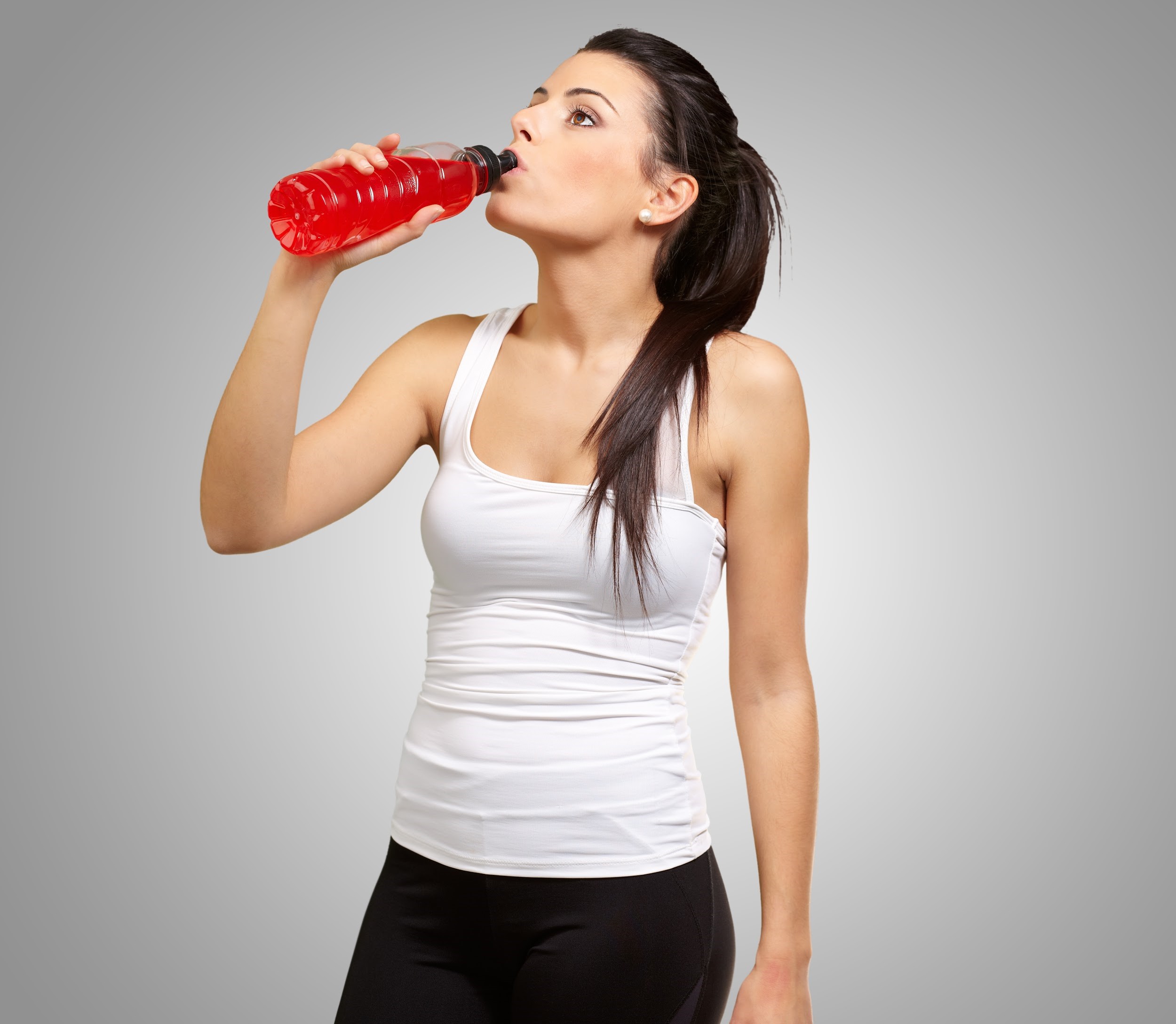
Water makes up 60% of our bodies, which is why it’s crucial to replenish when we sweat to avoid dehydration. If dancers ever feel weak or foggy during an intense practice or rehearsal, it could be from lack of hydration. A good rule of thumb for dancers is to drink approximately 3 liters of water each day. If the studio is humid and dancers are sweating more than usual, it’s critical to replace electrolytes to maintain optimal energy and performance. Nuun tablets are a great option, as they have minimal sugar and additives, unlike Gatorade, which is high in sugar.
By the way, “Our thirst mechanism doesn’t activate until the body is already approaching dehydration. Instead of relying on thirst to dictate your water intake, plan ahead, and remain diligent. A 1-liter reusable water bottle is a great way to remember to hydrate regularly. Refill it 3 times throughout the day!” according to Rachel Fine, of Pointenutrition.com. So grab your 3-liter water bottle in the morning (try to avoid plastic) and drink up throughout the day, so you optimize your energy for your next rehearsal. Your body will thank you!
Body Image
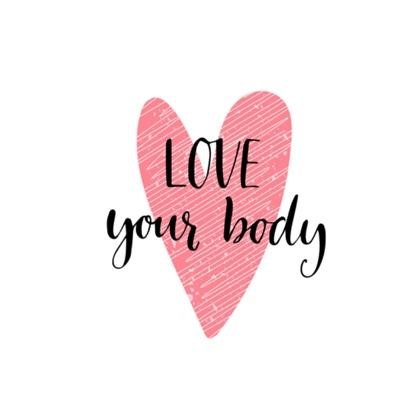
This is critical for all our dancers! Body Image is not just how a dancer thinks he/she looks. It goes much deeper than that and can even affect one’s performance if he/she is self-conscious about how others perceive them. We are fortunate to live in a time when appreciation for all sizes, shapes, and colors of dancers is respected more than ever. However, we still have a ways to go. The dance world is ruthless when it comes to criticism of one’s body. Laser-focused on how they look in the mirror, dancers often compare their bodies with the “ideal dancer body.” With social media at a feverish pitch for the Gen Z and Gen Alphas, the emphasis on how you look has never been more significant. Negative body image eats away at dancers’ hearts and souls, and the long-lasting impact is undeniable. It’s imperative to appreciate each other for exactly who we are and encourage the dance community’s engagement in healthful eating and lifestyle habits. We love this quote from Dance Nutrition and think all dancers should take it to heart! “Dancers balance art with athleticism. Rather than measuring body weight or size, redefine body acceptance with body appreciation. As a dancer, your capabilities will blossom only when you access body confidence”.
Below are just three wonderful examples of beautiful, successful dancers who have been important advocates for positive body image. We encourage you to read about them below!
Misty Copeland: First African American woman promoted to principal dancer at the American Ballet Theater in New York City
Jenifer Ringer: Principal Soloist at The American Ballet Theater
Ebony Williams: Highly successful commercial dancer including Principal dancer for Beyoncé, along with a ten year career at Cedarlake Contemporary Ballet. Nominated as Top 25 dancers to watch in Pointe Magazine
Turn Acceptance into Appreciation– Mindful practices like yoga and Pilates help dancers gain awareness of their body and its many complexities. Appreciate your strength, endurance, and flexibility.
Additional resources for Positive Body Image:
Jack Rabbit Dance
Dance Magazine
Pointe Magazine
Sleep

With as much exercise and muscle fatigue as dancers endure, dancers must get 7-8 hrs per sleep each night. Without proper sleep, mental, physical, and even metabolic effects can take a toll. Forgetting choreography and mood swings are typical mental side effects of lack of sleep. Unfortunately, this not only impacts the dancer themself but also their teammates and teachers.
Physical effects can show up in a dancer’s balance and control and their immune system, increasing chances of illness. Finally, the metabolic impact is on a cellular level. It ranges from having unhealthy cravings for sugar and high fat foods, to burning calories at a slower rate, both of which are counterproductive to the goal of a healthy dancer. Soooo, dancers….make it a priority to get proper sleep. Your body will thank you in so many ways!
Injuries
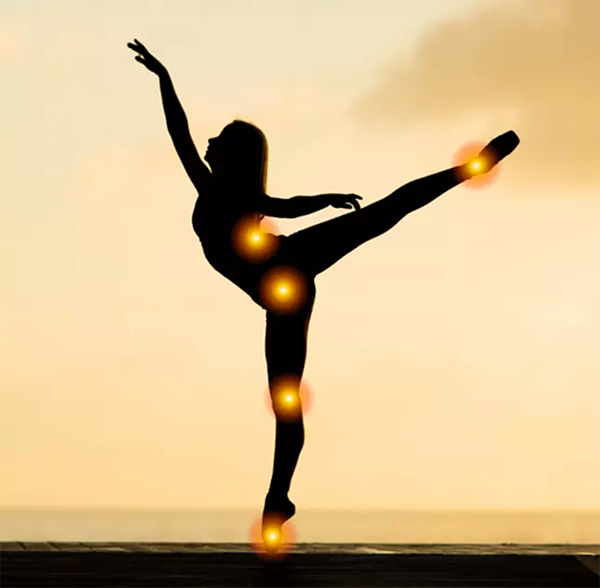
Ask any Elite dancer if she’s been injured during her career, and chances are she’ll say yes. Common injuries amongst dancers are stress fractures, pulled tendons, hip injuries, tendonitis, and some dancers develop arthritis in knees, hips, ankles, and feet. Overuse injuries are probably the most common. With no real “offseason,” dancers often don’t give their bodies time to recover and rest. Bone stress injuries are amongst the highest in runners and dancers. The risk of developing a bone stress fracture or stress reaction is highest when body weight is low, bone density is low, caloric intake is low, and exercise is high (>12hr/week). According to one study at Northwestern, 46% of participants experienced a bone stress injury when all of the above risks were present. A dancer can burn between 500-600 calories in a 90-minute dance session. Dancing provides cardio and strength work, which puts added stress on the body contributing to inflammation.
So, how can you help prevent injury?
According to John Hopkins Medicine, depending on the hours committed to dancing, metabolic demands can become very high. To fuel their bodies and recover from workouts, dancers must eat more food throughout the day. Enjoy winning snacks that include carbohydrates, protein, and fat. It’s super important to hydrate and eat throughout the day to maintain energy levels and properly recover to reduce injury risk. Always warm-up before classes or performances. Lastly, give your body breaks in the off season to give your muscles and joints a much-needed break.
Pilates
Last but not least…Pilates is one of the best supplemental exercises to keep dancers’ bodies strong.
A dancer’s core is known to be the basis and foundation of their strength and movement. One of the best supplemental exercises to strengthen your core and improve body awareness is through the hundreds of different Pilates exercises. When Joseph Pilates immigrated from Germany to New York City in the 1920s, he started teaching Pilates at a studio in the same building as the NYC Ballet, then under George Balanchine’s direction. Balanchine soon became one of Joseph’s clients along with many other actresses and dance luminaries such as Jerome Robbins, Martha Graham, and Hanya Holm. By the late 30s, New York City had become a mecca for dancers. During this era, “Uncle Joe” Pilates developed a reputation for his ability to “fix” dancers’ injuries, according to the Pilates Method Alliance.
Now a household name, and global phenomena, Pilates has loads of benefits for everyone. But these exercises specifically help dancers gain greater control of their movement by increasing body awareness, strengthening core muscles, improving flexibility, stability, and balance. They also learn proper breathing patterns and techniques.
Moreover, many doctors and physical therapists commonly recommend Pilates for rehabilitation because they can target specific muscles and movement patterns. This works particularly well for back injuries. Pilates has a reputation for creating long, lean muscles, which appeals to dancers. Pilates is one of the best supplemental exercises to improve performance because it helps dancers’ maintain strong, healthy bodies and stay injury-free. You can take a classical mat class or use Pilates equipment like the reformer, wunda chair, foot corrector, spine corrector, or Cadillac to be on the road to a healthier, happy body.
Are you interested in learning more about the history of Pilates? The Pilates Foundation gives an excellent overview of Joseph Pilates and his exercises used by over 12 million people worldwide.
Maintaining dancers’ health is no small feat! Hopefully, you found a pearl or two you can begin today to ensure a long and healthy journey of doing what you love.

